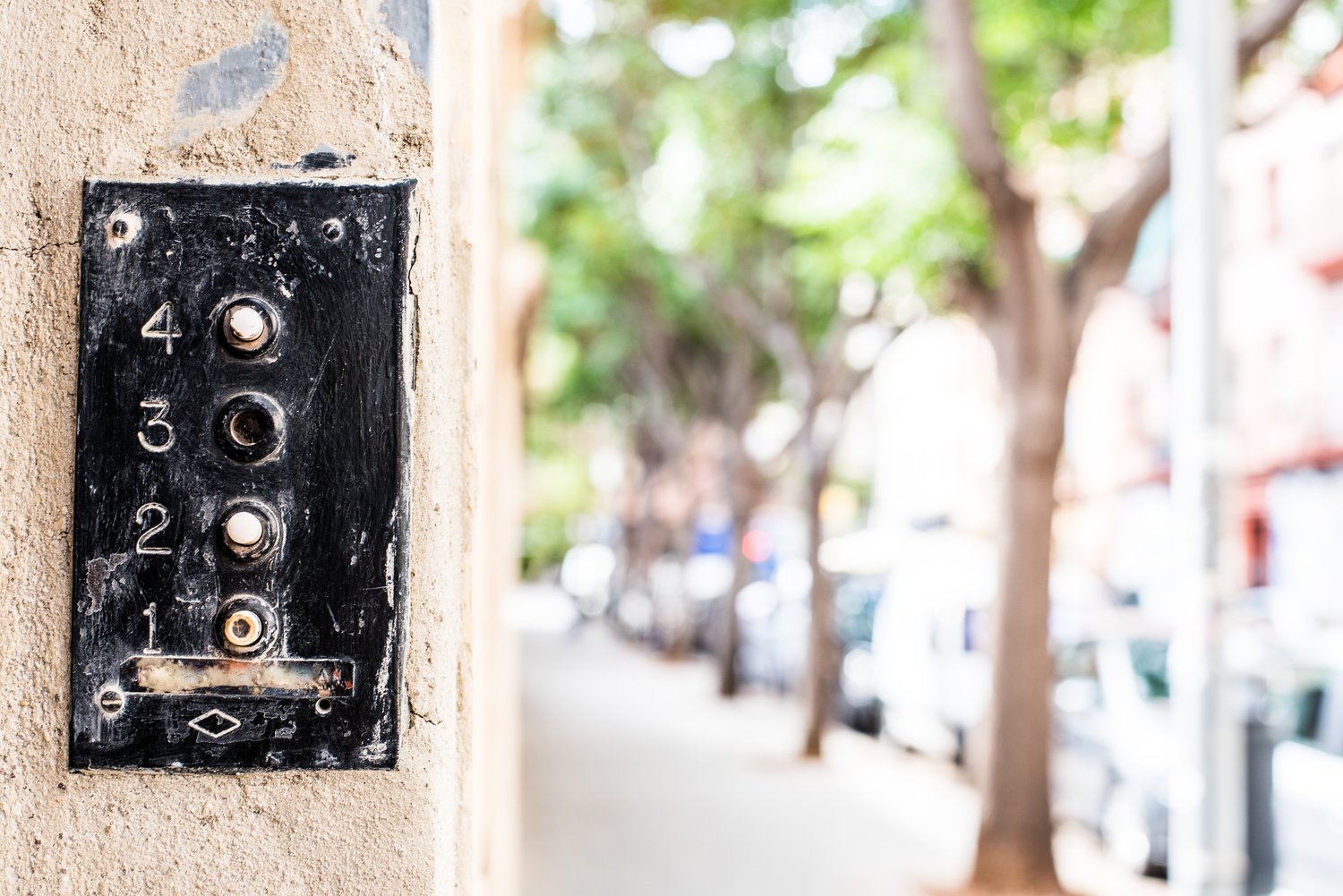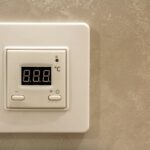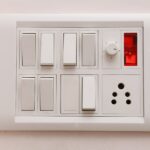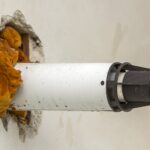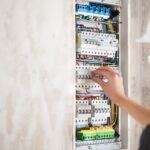A silent doorbell can be an unwelcome surprise, especially when you’re expecting guests. Fixing a faulty doorbell might seem like a daunting task, but with the right guidance, it’s a manageable project. Understanding the core reasons your doorbell fails and learning how to address them can save you from unnecessary stress and expenses.
- Discover the typical culprits behind a non-functioning doorbell, such as wiring errors or burnt-out transformers.
- Become familiar with the essential tools needed for doorbell repair, ensuring you’re prepared to tackle any issue.
- Gain insights into preventive maintenance practices to extend the lifespan of your doorbell system.
By diving into this topic, you’ll equip yourself with the knowledge to troubleshoot and fix common doorbell issues efficiently. Whether you’re a seasoned DIYer or new to home repairs, this guide promises to elevate your electrical troubleshooting skills, making your home a more welcoming place.
Identifying Common Problems for Fixing a Faulty Doorbell: Electrical Troubleshooting and Solutions
When your doorbell stops working, it can be a frustrating experience. However, understanding the common problems that lead to a malfunctioning doorbell can significantly ease the troubleshooting process. One of the most frequent issues involves wiring problems. Over time, wires can become loose, disconnected, or damaged, interrupting the electrical circuit necessary for your doorbell to function.
Another common culprit is transformer failure. The transformer reduces the high voltage from your home’s electrical system to a lower voltage required by the doorbell. If the transformer fails, your doorbell might not receive any power, or it might only work intermittently.
Additionally, you might encounter problems with malfunctioning chimes. The chime unit, which produces the sound when someone presses the doorbell button, can suffer from physical damage or electrical failure, preventing the doorbell from ringing properly.
Understanding these issues can empower you to identify and address them swiftly, ensuring your doorbell system’s functionality and reliability. Stay proactive by regularly inspecting these components to catch potential problems early on.
Tools and Equipment for Doorbell Repair
To tackle a faulty doorbell, having the right tools and equipment is crucial. A multimeter is an essential device for measuring electrical properties like voltage and resistance, helping diagnose any faults in the doorbell circuit.
Screwdrivers are necessary for accessing terminals and components, allowing for adjustments or replacements. It’s wise to have both flathead and Phillips screwdrivers to cover different screw types you may encounter.
Additionally, replacement parts might be needed, such as new wires, a transformer, or a chime unit, depending on the problem identified. Keeping a basic toolkit stocked with these items can save you time and ensure you have everything on hand when conducting a repair.
Utilizing these tools not only streamlines the repair process but also enhances your ability to undertake doorbell maintenance tasks in the future. Regularly updating your toolkit with high-quality equipment can improve your efficiency and the lifespan of your doorbell.
Step-by-Step Guide to Fixing a Faulty Doorbell: Electrical Troubleshooting and Solutions
Tackling a faulty doorbell might seem daunting, but with the right approach and a little patience, you can restore its functionality. The key is to methodically go through each step to identify and fix the issue.
Diagnose the Problem: Begin by checking the doorbell button. Press it and listen for any unusual sounds or absence of sound that might indicate an issue. If nothing happens, verify whether the button is stuck or if any physical damage is visible.
Inspect the Wiring: Examine the wiring for any visible damage, such as frayed wires or loose connections. If any issues are found, this could be the source of the malfunction.
Check the Transformer: The doorbell transformer could be another culprit. Use a multimeter to measure the voltage output of the transformer to ensure it’s within the correct range. Replace it if the voltage is too low or absent.
Test the Chime: Sometimes, the chime or bell unit may be problematic. Remove its cover and look for any burnt components or loose connections. If needed, replace the chime entirely.
Implement the Solution: After identifying the issue, replace or repair the faulty component. Reassemble the doorbell and conduct a test to ensure it rings properly.
Following this guide carefully should help you resolve the issue effectively.
Ensuring Safety When Working with Electrical Systems
Safety must be your top priority when dealing with electrical systems. Always ensure you are following proper safety protocols to avert potential hazards.
Turn Off the Power: Before you begin any repair, ensure the power to the circuit is turned off at the breaker. This is crucial to prevent accidental shocks.
Use Insulated Tools: Always use tools with insulated handles to minimize the risk of electric shock when working with electrical components.
Avoid Water: Keep the area dry and avoid using any electrical tools or equipment if moisture is present. Water and electricity are a dangerous combination.
Wear Safety Gear: Protective gear such as goggles and gloves can provide an extra layer of security against accidental shocks or injuries.
By following these safety precautions, you can perform doorbell repairs safely and effectively.
Preventive Maintenance Tips for Fixing a Faulty Doorbell: Electrical Troubleshooting and Solutions
Regular preventive maintenance can save you time and money in the long run by keeping your doorbell in tip-top shape.
To ensure your doorbell continues to function efficiently, implement these effective maintenance strategies.
One of the easiest preventive measures is to regularly inspect the doorbell button and its surroundings for dirt and debris.
Dust and grime can interfere with the button’s movement and electrical contact, leading to unreliable performance.
Cleaning the button area with a soft cloth can help maintain smooth operation.
The wiring connected to your doorbell should be checked periodically to identify any signs of wear and tear or damage.
Loose connections or frayed wires can cause intermittent issues, so tightening connections and replacing damaged wires can prevent unexpected failures.
Ensure that the chime unit inside your home is free from obstructions and dust buildup.
This component is crucial for signaling when someone is at the door.
Inspecting the unit and gently removing any dust can prevent blockages that may disrupt its function.
It’s also wise to test the doorbell transformer consistently, as it’s a key part of the electrical system that provides the necessary voltage.
If the transformer is not functioning correctly, it can impact the overall performance of the doorbell system.
Check the voltage output with a multimeter to confirm it matches the specifications listed in the manual.
Maintaining detailed records of any maintenance performed on your doorbell system is beneficial.
This practice can help track performance over time, identify persistent problems, and assist in troubleshooting efforts.
By adhering to these preventive maintenance tips, you can enhance the reliability and lifespan of your doorbell.
Regular care and attention will ensure smooth operation, providing peace of mind and avoiding the inconvenience of sudden malfunctions.
Frequently Asked Questions About Fixing Faulty Doorbells
What are typical reasons for a doorbell to stop working?
- Wiring issues
- Transformer failures
- Malfunctioning chimes
What tools are necessary for repairing a doorbell?
- Multimeter
- Screwdriver
- Replacement parts
How can I safely work with a doorbell’s electrical system?
Turn off the power to the doorbell at the circuit breaker before starting any work.
What is the first step when troubleshooting a faulty doorbell?
Test the doorbell button with a multimeter to check for a response.
How do I identify a transformer failure in a doorbell system?
Use a multimeter to test the voltage output of the transformer. It should match the rated output.
What preventive maintenance can be performed on a doorbell?
- Regularly check wiring connections
- Test components to ensure functionality
Is it possible to replace doorbell components on my own?
Yes, many components such as buttons and chimes can be replaced with basic tools.

